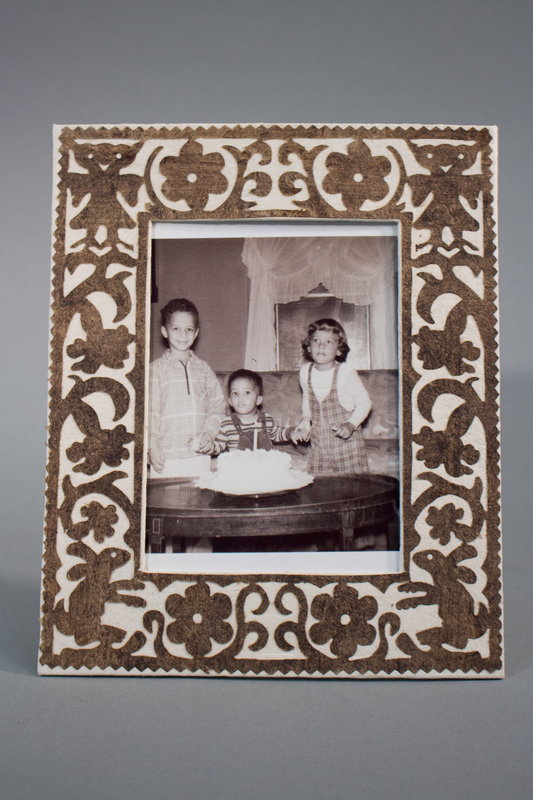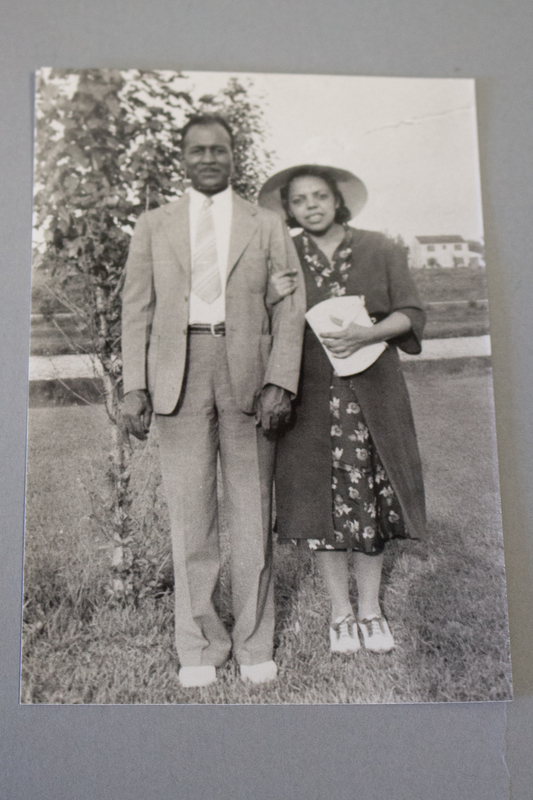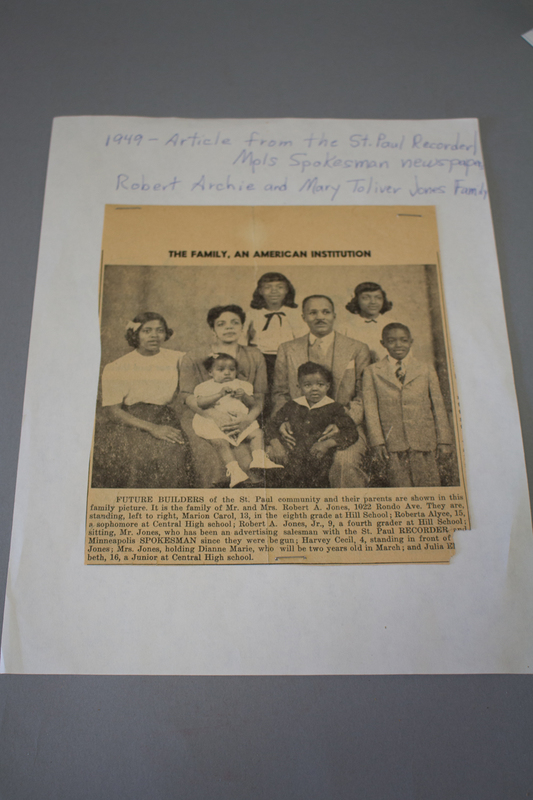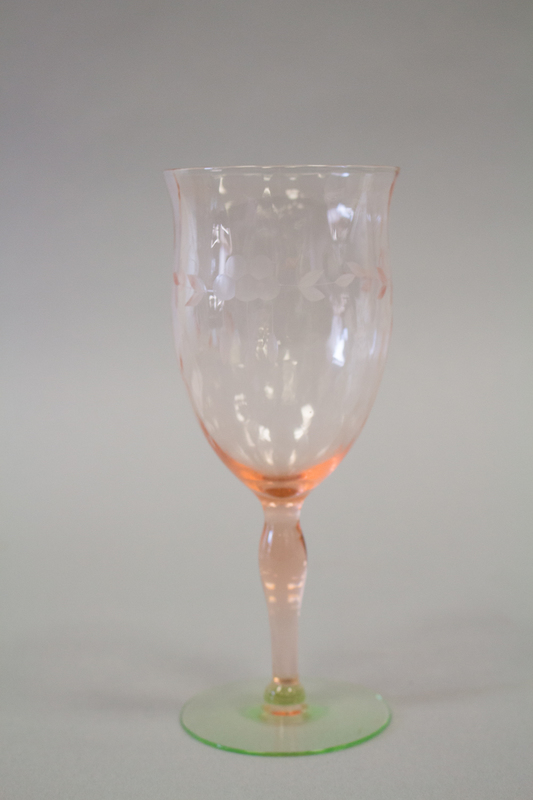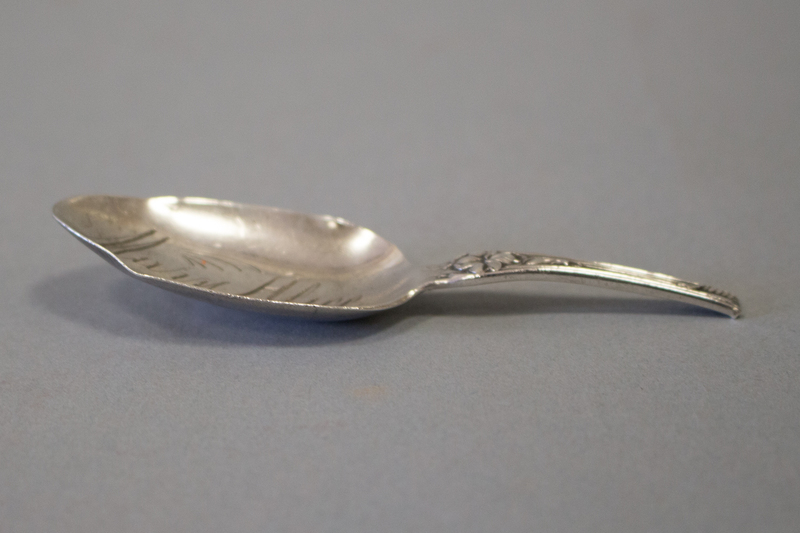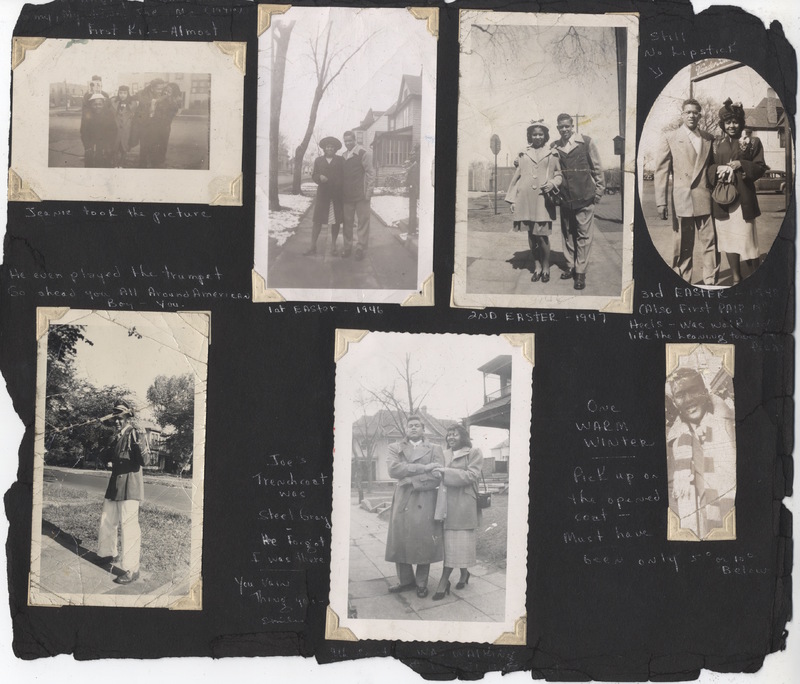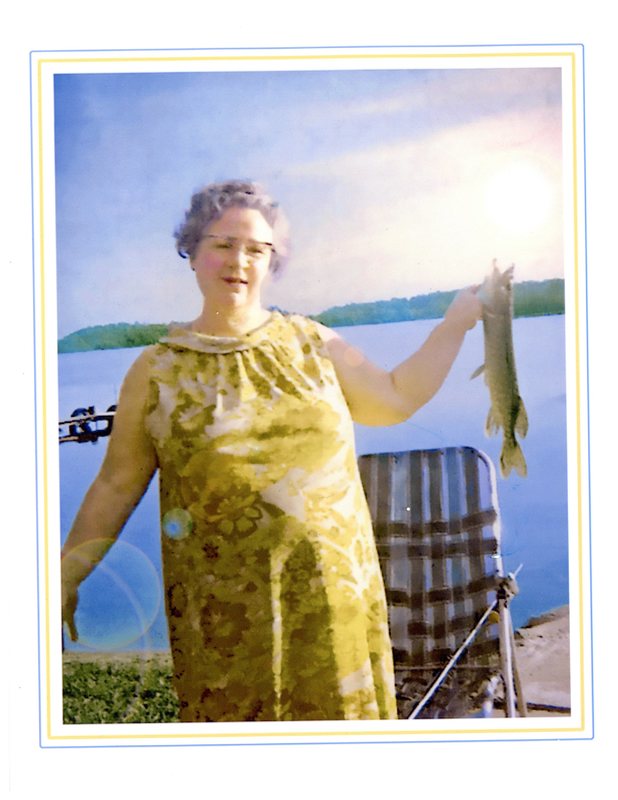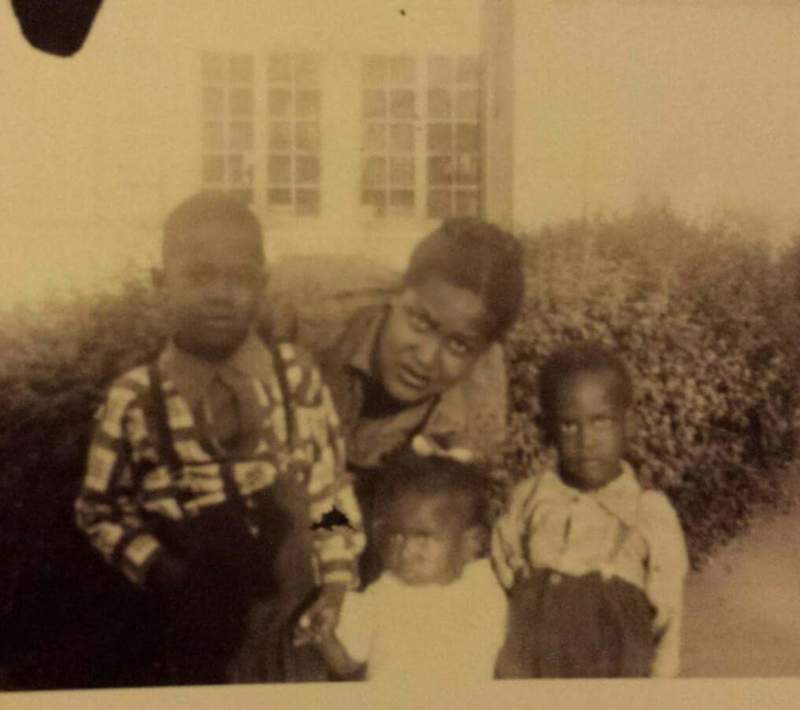A Clan, A Network, A Tribe, A Family
When faced with widespread discrimination and systematic exclusion from jobs, housing, and social and cultural structures, it is difficult to imagine a way to begin overcoming. The initial and instinctive solution is the development of internal structures of support to augment the lack of outside help. One of the most obvious, and preexisting, supportive structures is that of family. Jane Howard, British novelist, once said, “Call it a clan, call it a network, call it a tribe, call it a family. Whatever you call it; whoever you are, you need one.” (1) Stories of success, joy, and accomplishment despite obstacles, such as the stories often told about Rondo, rely on in-group structures to counter a lack of access to general population benefits. Neighborhoods such as Rondo depended on the preexisting connections of family to deepen and solidify community bonds. The importance of family is evident in several of the artifacts collected in the History Harvest.
The importance of family is evident in several of the artifacts collected in the History Harvest. Readus Fletcher Jr. brought in a black and white framed photograph of three young children at a Fletcher family birthday party. A toddler stands facing a cake with a candle which sits on a coffee table, bookended by, presumably, his older sister and older brother who hold his hands. The oldest boy grins while the other two children look towards the camera with wide eyes. Close family is present; siblings are clearly the best of playmates. The picture frame is decorative and a bit too big for the image it holds. Such thoughtful, but slightly misfitting care shows the essential nature of family connections. One can imagine that this photograph was used to tell stories of a birthday party that the recipient could not even remember himself. Unfortunately, there is no interview to give more details on the artifact, but it is clear that this item has been treasured, and it points to the significance of family bonds within the Rondo community. Family was there during momentous occasions, family memories are worth savoring.
Robert A. Jones, his wife Mary Toliver Jones, and their six children also lived in Rondo. Two of the Jones daughters brought several artifacts to the 2016 History Harvest, including a black and white picture of their parents standing in front of a tree, presumably near their home. In the snapshot, Robert Jones smiles proudly at the camera while Mary Toliver Jones holds onto his arm with smaller smile, squinting slightly, perhaps against the sun. The pair is well dressed and they are a picture perfect couple.
The importance of parents within the family structure cannot be missed when listening to the stories of childhood in the Rondo neighborhood. In her oral interview, Mary Boyd talks about the central role that her father played in helping her to deal with experiences of racism, as well as how both of her parents shaped her passions for music and education. It was through the connections of her parents that Debbie Montgomery was able to travel across the country for NAACP meetings.
A newspaper clipping the Jones sisters brought provides more background. The St. Paul Recorder and Minneapolis Spokesman newspaper profiled the Jones family as “The Family, An American Institution.” It includes an image of all six Jones children, aged sixteen to one, surrounding their parents, neatly coiffed and clothed. Mrs. Jones looks serene, Mr. Jones, who is listed in the caption as an advertiser for the paper, looks proud. The paper labels the children as “future builders of the St. Paul community.” Clearly both within the Rondo community and outside of it, family was acknowledged to be a key component of a successful support network.
Along with the images, the Jones daughters contributed a baby spoon which belonged to their mother and a goblet owned by the Joneses. Clearly, Mrs. Toliver Jones kept her baby spoon throughout her life, and entrusted the item to her daughters, along with the sense of family so evident in the images and items presented. Much as with Readus Fletcher Jr., the preservation of photographs and family items is telling about the continued importance of family in the minds and lives of Rondo residents.
A sense of family identity can be seen in the artifacts shared; Barbara Vassar Gray, in her oral interview, that a central part of her identity came from being a Vassar girl. She describes the connection between how one lived, one's sense of personal integrity, and one's family background, which was an integral part of life in the Rondo neighborhood. A small community such as Rondo allowed all of the residents to know and identify each other; often the first method of identification was association with one's family.
The supportive quality of family, biological and nonbiological, reappears in the scrapbook made and delivered to the History Harvest by Martha Anderson Cobb. The album contains images of the Anderson family, mainly through the forties. Mrs. Anderson Cobb reports that she was a photographer growing up, complete with a box camera, and she documented her teenage years with friends and family. The pages are filled with casual photos of her brothers, grandparents, parents, neighbors, and close friends. Newspaper clippings and wry captions offer some insight into the life that each photograph captures for a moment. Family was ever present, central to all of life’s most pivotal events. Siblings were young Martha’s closest playmates, and a parent or grandparent was always nearby. Friends who appear consistently throughout the pages seem to assume many of the roles of family as well. The integral importance of family in the Rondo community is demonstrated in the subject material of photographs in the Anderson Cobb scrapbook, as well as the captions and newspaper clippings.
James LaFaye also brought in family photographs, particularly a color image of his grandmother, who was a central figure in his childhood. The importance of extended family is evident in LaFaye’s preservation of her picture and his stories about her. His interview talks extensively about afternoons with his grandmother, during which she imparted knowledge about botany, morality, and other grandmother-like subjects.
As is seen in the lives of Debbie Montgomery, Evelyn Fairbanks, and Mary Boyd, family communicates the most essential and memorable of moments and information.
Nieeta Presley also brought in family mementos, including a family picture from her childhood with her mother, her and her brother in front of their house. Again, the connection of family is evident in that the treasured moments, the moments worthy of photographing, are the simple moments of family time.
Neighborhoods such as Rondo held cultural and economic power for extended periods of time because of the tight knit community of families that lived there. Grandparents, aunts, uncles, and cousins were on hand to raise the children as a village. Evelyn Fairbanks illustrates such a world in her memoir, Days of Rondo, when she recounts her aunt’s arrival to care for young Evelyn after her mother died. Without family, many of the successes of cultural enclaves like Rondo could not have existed. Family is one of several sociocultural supports that provided the strength to work together in the face of discrimination.
(1) Goodreads. “Jane Howard Quote.” Last modified April 9, 2009.
